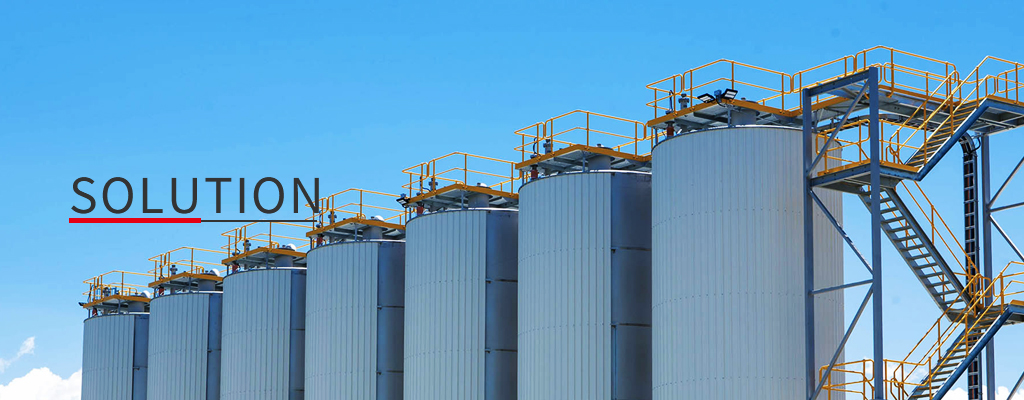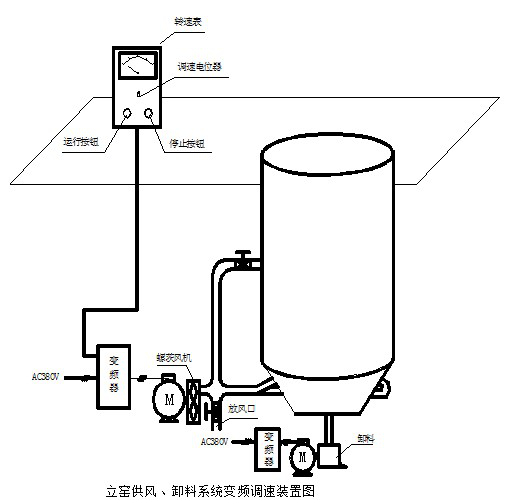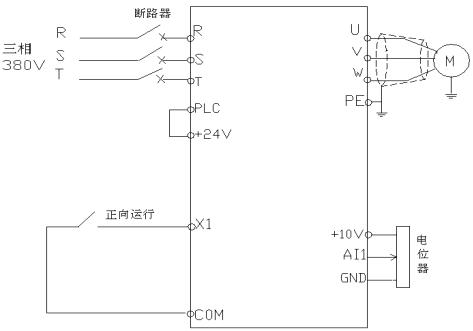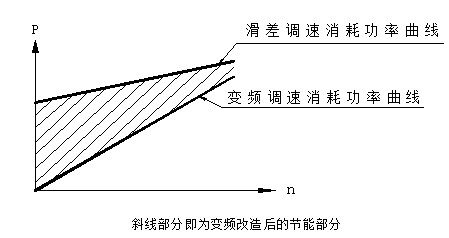

The emergence of variable frequency speed regulator has brought a revolution to the speed regulation of AC asynchronous motors. With the continuous improvement and development of frequency conversion technology in the past more than ten years, the performance of frequency conversion speed regulation is becoming more and more perfect. It has been widely used by engineering and technical personnel in different disciplines and different industries for speed regulation in different fields. Brought considerable economic benefits for enterprises, and promoted the automation of industrial production.
I. Overview
The emergence of variable frequency speed regulator has brought a revolution to the speed regulation of AC asynchronous motors. With the continuous improvement and development of frequency conversion technology in the past more than ten years, the performance of frequency conversion speed regulation is becoming more and more perfect. It has been widely used by engineering and technical personnel in different disciplines and different industries for speed regulation in different fields. Brought considerable economic benefits for enterprises, and promoted the automation of industrial production.
The cement manufacturing industry is a major energy consumer in the building materials industry. Reducing energy consumption and improving product quality are important measures to improve the competitiveness and economic benefits of enterprises. Energy conservation and consumption reduction have become the focus of every enterprise manager.
The engineering and technical personnel of our company conducted a long-term follow-up special research on the air supply system of the machine shaft kiln, the discharge system of the machine shaft kiln, and the cement powder selection system of the small and medium-sized cement plant. The complete set of frequency conversion speed control control device developed by dozens of cement The practical application of the production line has won wide praise for its reasonable design, compact structure, convenient installation and debugging, perfect protection function, stable and reliable operation, obvious power saving effect, and obvious improvement in production technology.
2. Process requirements
1: Shaft fan of vertical kiln
1.1: Working condition analysis:
Take Enping Juntang Cement Plant as an example. There are two Roots blowers in this plant. One motor has a power of 215KW, a rated voltage of 380V, and a rated current of 415A; the other is 185KW, a rated voltage of 380V, and a rated current of 367A.
The design of vertical kiln Roots fan generally takes into account the air volume required for maximum production, and leaves a certain margin, generally around 20%, to extend the service life of the fan and motor. In addition, in different stages of the production process, the air supply required by the shaft kiln is also different, so the air volume is often too large and the air pressure is too high during production.
At present, the operating workers generally adjust the air intake according to different stages of the production process. The measure for adjusting the air volume is to open a vent door on the fan outlet pipe, and adjust the opening of the vent door to adjust the amount of air supply, so a lot of excess The amount of wind is discharged into the atmosphere, causing a waste of energy, and in the process of venting, the noise is very loud
2: Unloading system of vertical kiln
2.1: Working condition analysis: In order to make the cement sintering process "three balances" (that is, the three balances of feeding, air supply, and unloading), mechanical shaft kiln producers generally choose slip motors as the power of the disc tower unloading device. The motor runs under the same conditions and consumes 20% more power than ordinary Y series motors and has soft adjustment characteristics and poor load capacity. In the cement industry with serious dust, the slip head frequently fails and maintenance is difficult. It consumes 20% more electricity. , In order to adjust the soft characteristics, it is very inappropriate.
At present, the plant has 2 unloaders, a power of 22KW, a speed of 1460 rpm/r, a rated current of 45A slip speed control motor, the actual running speed is 400 rpm/r, slip speed control motor is a typical pass If the slip rate is used to adjust the speed, the slip rate increases as the speed decreases, and the increase in the slip power of the inner rotor caused by this is all converted to heat energy loss, and the system efficiency decreases significantly.
3. System configuration
1) Reconstruction plan of the shaft kiln fan
In view of the above working conditions, our company believes that the following transformation plans can be adopted:
a Transform the original drag system into a variable frequency speed control drag system. The frequency converters selected for the two sets of variable frequency speed control drag systems are 6000 3220G and 6000 3200G, respectively. The principles of the two systems are the same. The air supply system after the conversion of frequency conversion is a double loop control system formed by adding a set of frequency conversion speed regulation system in parallel with the original control system on the basis of retaining the original step-down start control system. Its characteristic is that the dual control loops are mutually standby and have high reliability, and there is no need to stop the equipment during maintenance, which ensures the continuous production. Close the vent door, and change the system air supply by changing the speed of the motor, so as to achieve the purpose of energy saving and consumption reduction. The system diagram is as follows:

Diagram of frequency conversion speed regulating device of vertical kiln air supply and discharge system
b In order to facilitate the kiln face operator to control the air volume, the inverter is set as the terminal control, the control signal is directed to the kiln face, an operation panel is installed on the kiln face, the fan can be controlled by the operation panel to start and stop, adjust the air volume, the operator According to the calcination conditions, the air volume can be adjusted at will. A tachometer is installed on the operation panel to indicate the fan motor speed.
The wiring diagram is as follows:

2): Renovation plan of discharge system of vertical kiln
Drilling assembly screws of the slip head of the 22KW slip speed control motor to make the motor shaft and the load shaft rigidly connected. If the slip motor is fast to the end of its service life, it can be replaced by an ordinary cage motor. To start and schedule. The tray-type unloading device is a typical constant torque load. The frequency conversion speed regulation is used to replace the original slip speed regulation system. The efficiency is greatly improved. The following figure shows the power required by the two AC speed regulation systems to drag the constant torque load. The curve of the speed change, the diagonal line in the figure is the difference between the power requirements of the two systems. From the figure below, it can be seen that the lower the load speed, the more significant the energy saving effect of the frequency conversion system.
The wiring diagram is as follows:

4. Revenue from transformation
Users benefit after transformation
a Improve production process.
After the transformation, the air supply can be smoothly adjusted according to different stages of production, so as to ensure the quality of the product.
b Improve the production environment.
Because the frequency converter can adjust the speed of the fan motor at will, it can accurately adjust the air volume according to the required air volume without bypassing the air, greatly reducing the noise caused by the exhaust air and reducing the pollution of cement dust.
c Reduce equipment maintenance workload.
Due to the soft start function of the inverter, there is no large current impact when the motor is started, which extends the service life of the equipment and greatly reduces the maintenance workload.
d Energy saving and consumption reduction.
After the transformation, the power saving effect is remarkable. According to the original equipment and production process, the power saving rate can reach 15%-40%. Generally, all investment can be recovered within 6 to 12 months. The investment recovery period is short, and the comprehensive benefit is considerable.